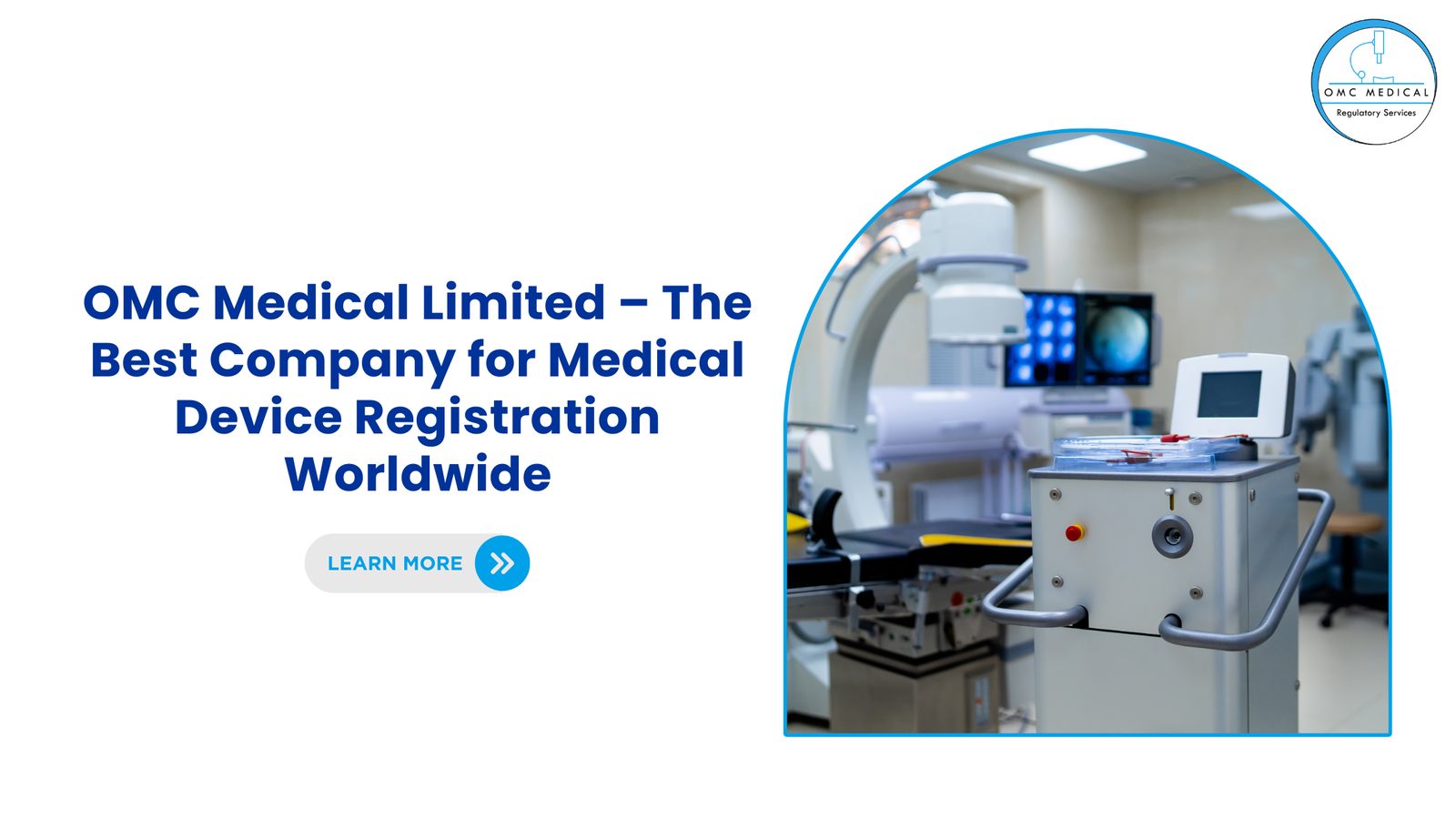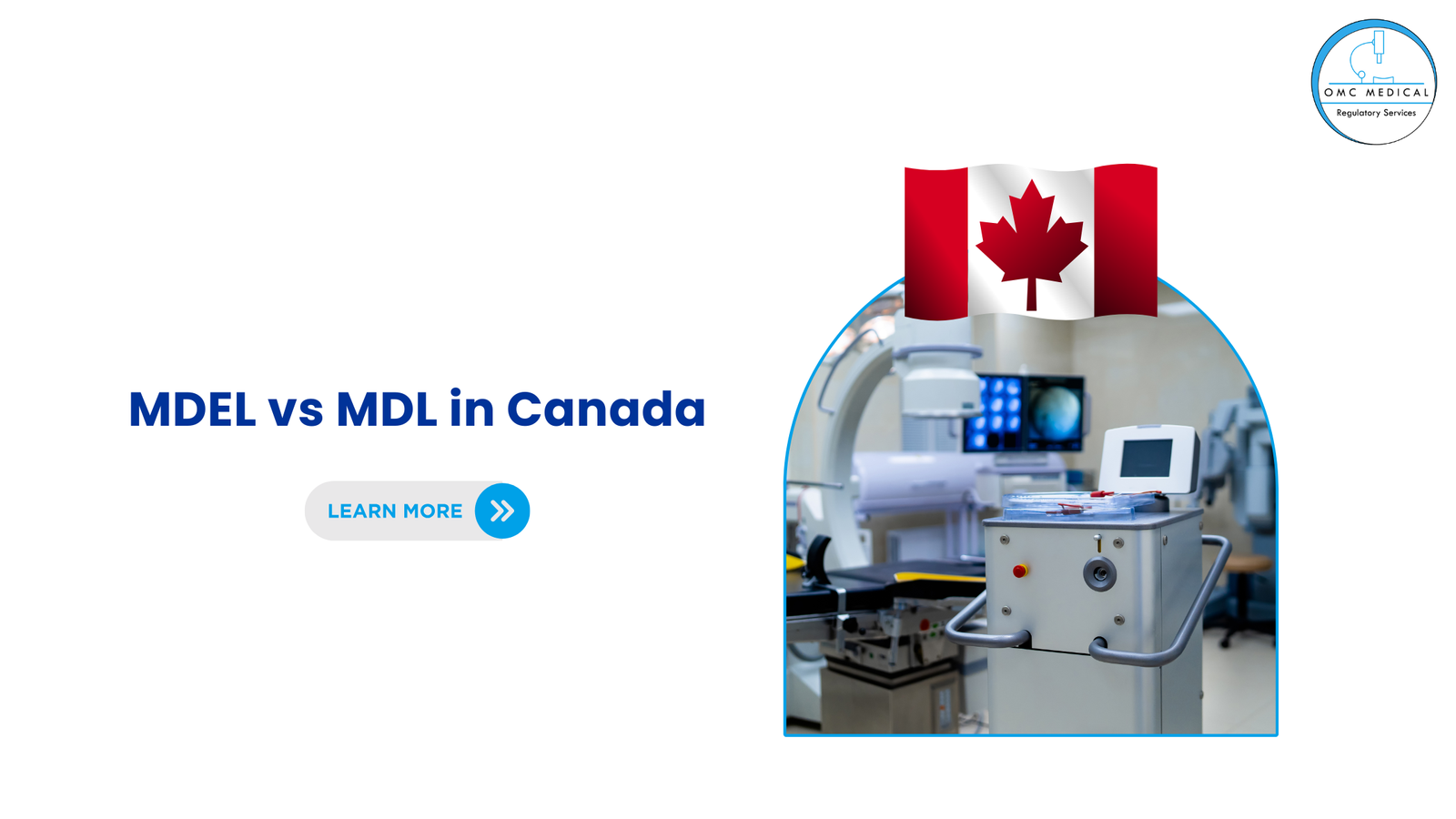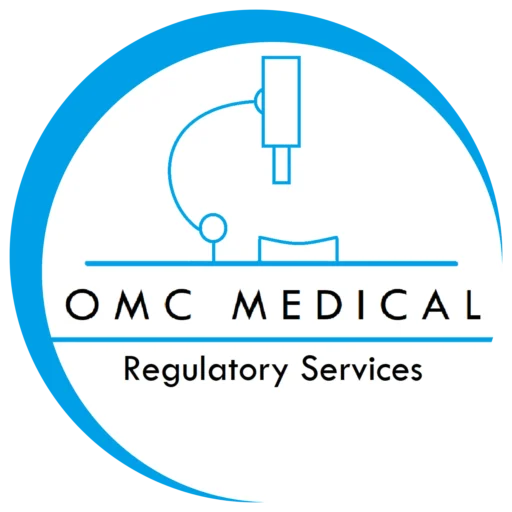Bringing a medical device to market in the United States is a major milestone but it’s also a highly regulated process. The U.S. Food and Drug Administration (FDA) oversees medical device regulation to ensure the safety, effectiveness, and performance of devices used by healthcare professionals and patients
At OMC Medical, we specialize in guiding manufacturers through this intricate pathway. Whether you are a first-time entrant to the U.S. market or expanding your global footprint, understanding the steps involved in device registration is key to your success.
How to Register Medical Devices in USA
Understand the FDA process with clarity— explore the key steps to register a medical device in the USA and ensure smooth market entry.
1. Determine Medical Device Classification
The first step in U.S. medical device registration is device classification. The FDA categorizes medical devices into three classes based on their risk level:
- Class I: Low risk (e.g., bandages, manual stethoscopes)
- Class II: Moderate risk (e.g., infusion pumps, contact lenses)
- Class III: High risk (e.g., implantable pacemakers)
Your device classification will determine the type of regulatory submission and level of scrutiny required.
2. Establishment Registration and Device Listing
All establishments involved in the production, distribution, or import of medical devices for the U.S. market must:
- Register annually with the FDA through Establishment Registration (per 21 CFR 807).
- List each device being manufactured, distributed, or imported under Device Listing.
This helps the FDA monitor the facilities and the devices entering the market.
OMC Tip: Establishment registration must be renewed annually between October 1 and December 31.
3. Prepare the Required Premarket Submission
Depending on the classification of your device, a premarket submission may be required:
- Class I: Usually exempt from premarket submissions but still subject to general controls.
- Class II: Requires a 510(k) Premarket Notification to demonstrate substantial equivalence to a legally marketed device.
- Class III: Requires a comprehensive Premarket Approval (PMA) with clinical data and safety/efficacy evidence.
Other submission types include:
- De Novo Classification Request
- Investigational Device Exemption (IDE)
- Humanitarian Device Exemption (HDE)
OMC Tip: If unsure, you can submit a Pre-Submission (Pre-Sub) request to receive FDA feedback early in your process.
4. Comply with FDA Labeling Requirements
Labeling is a critical element of FDA compliance. It must follow 21 CFR 801, which includes:
- Instructions for use
- Safety warnings
- Manufacturer’s contact details
- UDI (Unique Device Identifier) labeling
Note: All labels must be in English and comply with specific formatting and content rules.
5. Implement a Quality Management System (QMS)
To comply with 21 CFR 820 (Quality System Regulation):
- Class I devices: Basic QMS and Good Manufacturing Practices (GMP)
- Class II & III devices: Full implementation of a QMS and possible clinical data requirements
At OMC Medical, we can help you develop or review your QMS to meet FDA expectations.
6. Monitor Through Post-Market Surveillance
After your device is approved or cleared, the FDA mandates manufacturers to engage in post-market surveillance, which may include:
- Medical Device Reporting (MDR) for adverse events, product malfunctions, and injuries
- Section 522 Studies for certain Class II or III devices
- Regular updates and adverse event tracking
The FDA uses post-market data to ensure ongoing safety and effectiveness in real-world settings.
Required Documents for Registration
Here are key documentation requirements categorized under 21 CFR 807:
- Subpart A – General Provisions
- Subpart B – Domestic Device Establishments
- Subpart C – Foreign Device Establishments
- Subpart E – Premarket Notification (510(k)) Procedures
- Labeling documents as per 21 CFR 801
- UDI Compliance as per 21 CFR 830
Timelines for FDA Approval
- Class I: ~1 month
- Class II: ~4 to 8 months
- Class III: ~18 to 30 months
Device registration remains valid indefinitely, unless the device undergoes a significant change. However, establishment registration must be renewed annually.
How OMC Medical Supports You
Navigating FDA compliance can be challenging. At OMC Medical, we offer end-to-end support including:
- Acting as your U.S. Authorized Representative
- Preparing and submitting your 510(k), PMA, or De Novo applications
- Assisting with labeling, UDI compliance, and QMS implementation
- Providing ongoing support for MDR and post-market obligations
Why Choose OMC Medical?
- ✅ Deep understanding of FDA regulatory pathways
- ✅ Tailored, cost-effective regulatory solutions
- ✅ Fast, reliable execution with client-first service
- ✅ Global experience, local insight
Ready to Enter the U.S. Medical Device Market?
Let OMC Medical help you register your device, stay compliant, and succeed in one of the world’s most regulated markets.
📩 Contact us for a free consultation
📧 info@omcmedical.co.uk
🌐 www.omcmedical.com







